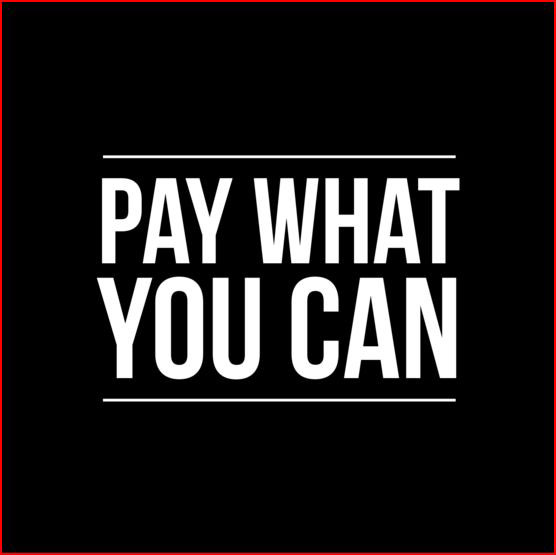
A few weeks ago, in the Mantua section of Philadelphia, a Promise Zone neighborhood, a 30-seat restaurant with an unusual business model opened. The new EAT Café serves three-course dinners four nights a week for a suggested price of $15, but with a pay-what-you-can policy. Those behind the venture—including Drexel University, the Leo and Peggy Pierce Foundation, Vetri Community Partnership, and Giant Food Stores—are well aware that not everyone in the nearby community has $15 to spend on a meal; they trust that enough people who can afford to will be drawn to the community café and will pay more than the asking price to offset the shortfall for those who pay less.
While this type of business model for a community café is not new, the service model developed by EAT—shorthand for “Everyone at the Table”—represents a fresh approach. Mariana Chilton, who heads Drexel’s Center for Hunger-Free Communities, explains:
There are about 50 cafés like this across the country, but most of them are caféteria-style and tend to be in church basements. Ours is a full-service restaurant, serving a three-course meal. I wanted to make sure this would not be confused with a soup kitchen. It sets the stage for a place where all different kinds of people would want to meet up and intermingle.
Sign up for our free newsletters
Subscribe to NPQ's newsletters to have our top stories delivered directly to your inbox.
By signing up, you agree to our privacy policy and terms of use, and to receive messages from NPQ and our partners.
EAT Café was a project two years in the making. The menu changes weekly, sometimes based on what’s available from the Drexel Urban Growers garden. General manager Donnell Jones-Craven has the challenge of serving up three-course dinners for about $3.25/meal in direct food costs. He aims to get about 60 percent of his ingredients donated. Local food purveyors are helping, for example, with donations of bread from Metropolitan Bakery and discounted coffee from La Colombe.
Customers have begun trickling in, but it will take a while for the word to get around and for the business model to truly be tested. Chilton expects the café will need to rely on grants for about three years and will hopefully be self-sustaining after that. The business model, described as “a complex experiment in economics,” is based on each customer paying an average of $15, and Jones-Craven hopes that at least 80 percent of customers will pay something. Because customers set their own price, there’s a no-tipping policy, with staff being paid an hourly wage. For the model to work, those who can will need to overpay for their meals, described by one recent customer as “dining for a cause.” And while EAT Café certainly expects to feed some local residents who might not otherwise have a place to turn, its leaders don’t expect to make a big dent in the pervasive problems of hunger in Philadelphia. As Chilton says, this café is more about offering a nice place to eat where everyone feels welcome:
It’s not going to reduce food insecurity in this neighborhood. It’s not going to end hunger in the [Mantua] Promise Zone. This is about creating a good feeling in the community. There’s a lot of shame and isolation in that goes along with the experience of hunger. This is an opportunity to help people feel included.
—Eileen Cunniffe













